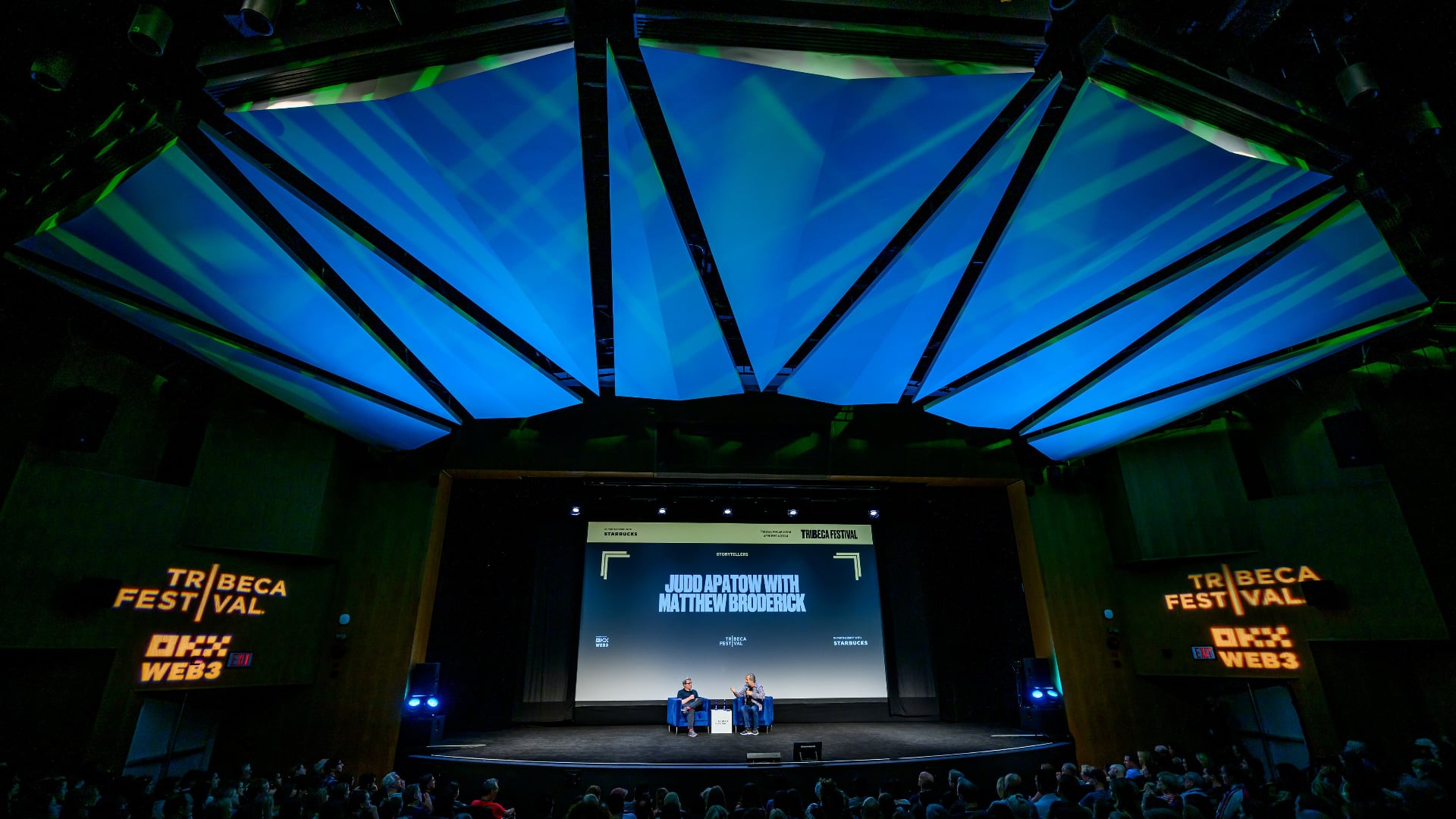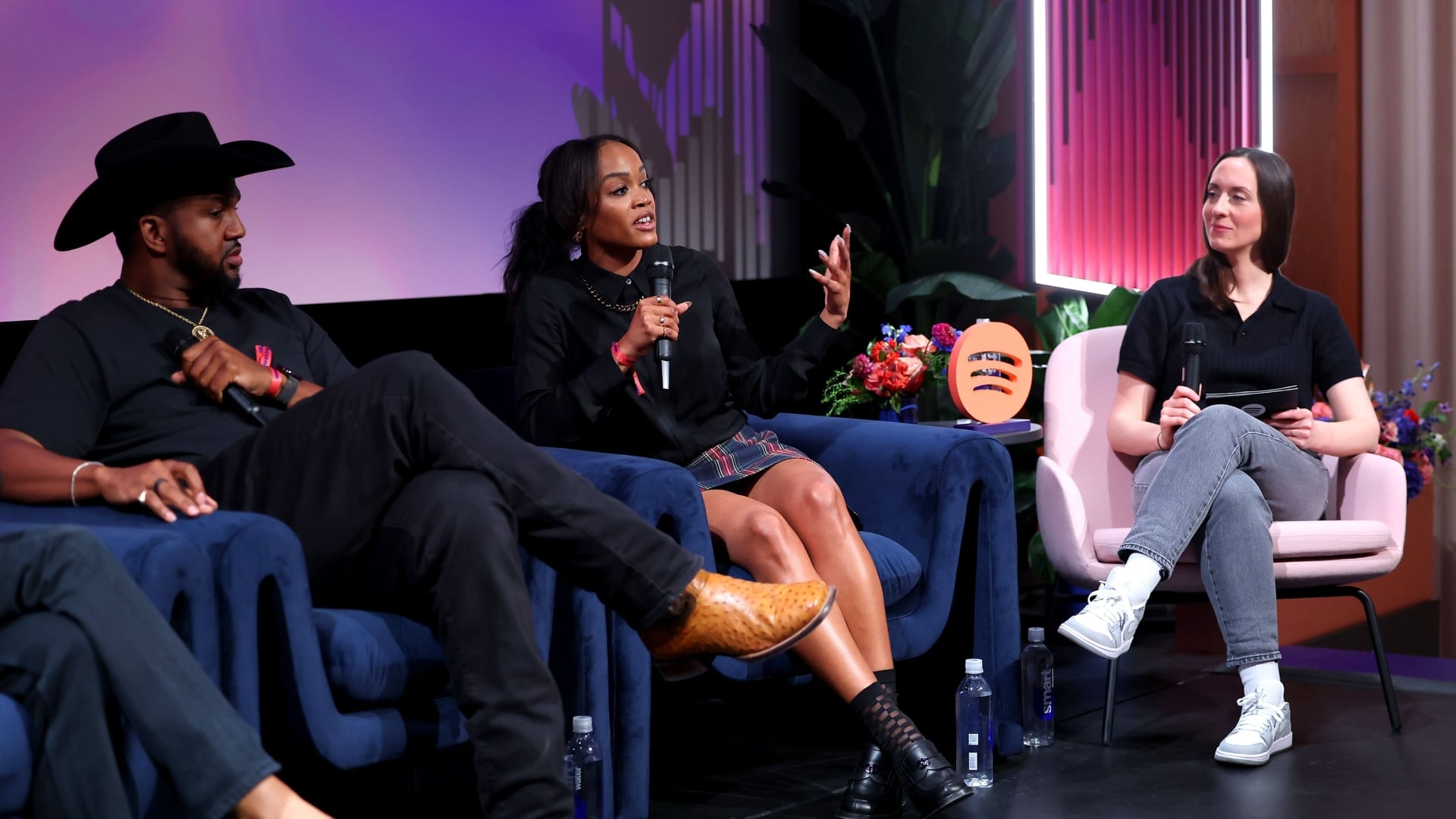We may live in a digital world, but when it comes to political advertising, candidates still mostly head to traditional television to reach the masses.
The majority of the top 10 candidates spent more on television and radio advertising than they did on Facebook ads from January to the end of November, according to data from Kantar/CMAG. For every $1 spent on Facebook, $3 went to TV and radio, on average.
It's not necessarily that politicians have lost faith in Facebook, even with changes limiting close targeting of voters. While digital offers vast reach and more specific ways to reach citizens, the problem is that some of the people presidential hopefuls are trying to reach aren't necessarily online — these older audiences and swing voters are still watching TV.
"That older audience is still watching," said Socialbakers CEO Yuval Ben-Itzhak. "That's where the money is. The voting power is there, and you definitely don't want to miss that."
Older voters and viewers
The largest block of voters in the U.S. is the 65 and up crowd, with 66 percent of the group turning up for the 2018 midterm elections according to the U.S. Census. For comparison, only 35.6 of the 18- to 29-year-olds came out to vote.
People 65 and older in the U.S. are also more likely to watch TV. About 89.2 percent watched television on any given day between 2013 and 2017, per the Bureau of Labor Statistics.
"There's still a fascination for television," said Steve Passwaiter, vice president and general manager of political content for Kantar/CMAG. "The voting public tends to skew older than the general public. In the primaries, it tends to be a little older than it does in the general."
Television is better at capturing people's attention in a fractured digital landscape, said Nexstar Media senior vice president of digital strategy Tony Katsur. There's no better awareness to drive your message than sight, sound, and motion on a 65-inch screen, he explained. Nexstar is the largest owner of U.S. television stations.
It also hasn't been marred by accusations of foreign government influence.
"TV has always been held to a higher standard when it comes to political advertising," Katsur said. "I think there's greater scrutiny of the message and who is sponsoring the message."
"Indifferent" swing voters
It's more than simply reaching older voters. Media buying and planning agency Mediahub completed a study looking at voter enthusiasm for 2020. Though they initially suspected people would become super-enthusiastic about politics, it turned out people fell into one of three categories in this election cycle.
The first group were the Avids, people who were more passionate about politics after the last election. This accounted for 45 percent of people the company surveyed. The next group they nicknamed the Burned, about 15 percent of people who stopped caring about politics whatsoever. Then there were the Indiferent, about 40 percent of voters who didn't feel the 2016 election impacted their lives and didn't feel enthusiastic about any political stance.
"It's the Indifferents who are going to be the market to win this election," Mediahub vice president and associate director of communications planning Amanda Leahy noted.
The majority of the Indifferent group lived in middle America and southern states, also known as battleground states. When asked about their media habits, they overwhelmingly said they were watching TV. Local television was their number one news source because it was "how they've always gotten their news," and it sounds like that isn't going to change. They were 19 percent more likely than other groups to say they didn't get annoyed with watching TV during election years.
"The Indifferent aren't likely to make their decision soon (much less have their mind already made up)," Leahy said. "What that means for politicians? Keep spending. Spend. Spend. Spend in that channel they refuse to give up."
Commercials are also getting better at reaching the right audiences. Thanks to data and digital-based services like over-the-top (OTT) distribution and streaming non-cable media and connected TVs, candidates don't have to buy a certain zip code and hope it reaches undecided voters. They can layer in household data and other factors that were previously limited to digital advertising. While younger demographics may be cord-cutting, they still are consuming TV shows and movies through this medium.
"What defines television today is very different from 20 years ago," Kantar's Passwaiter said. "There's a very big appetite for OTT and the targeting that comes with it. The OTT and connected TV world is probably going to do really well this election."








